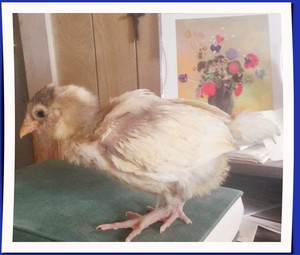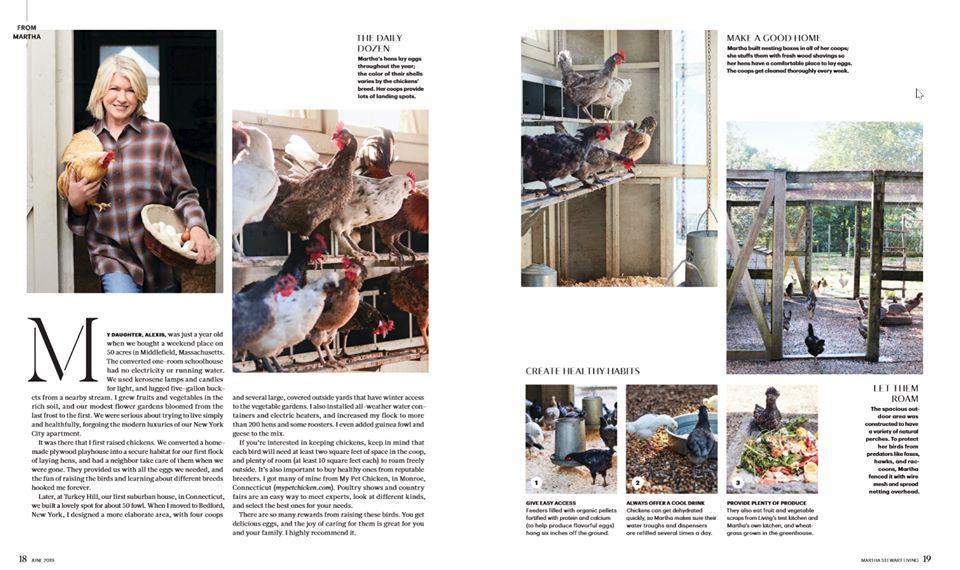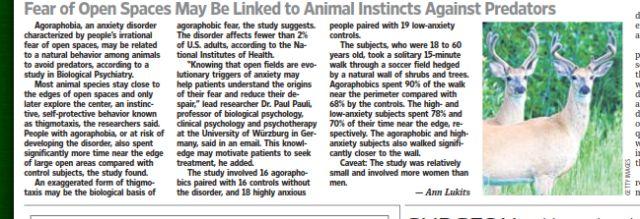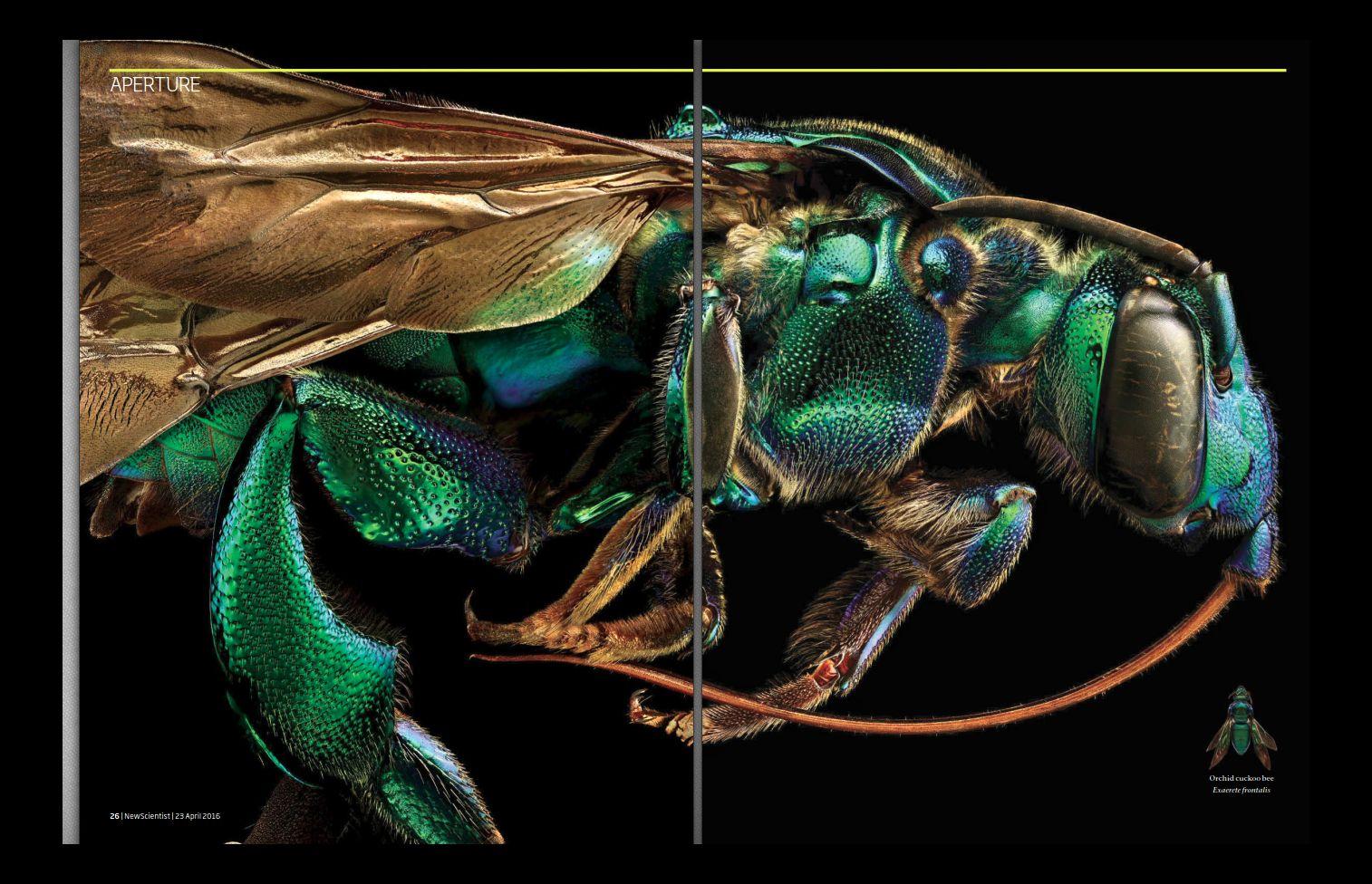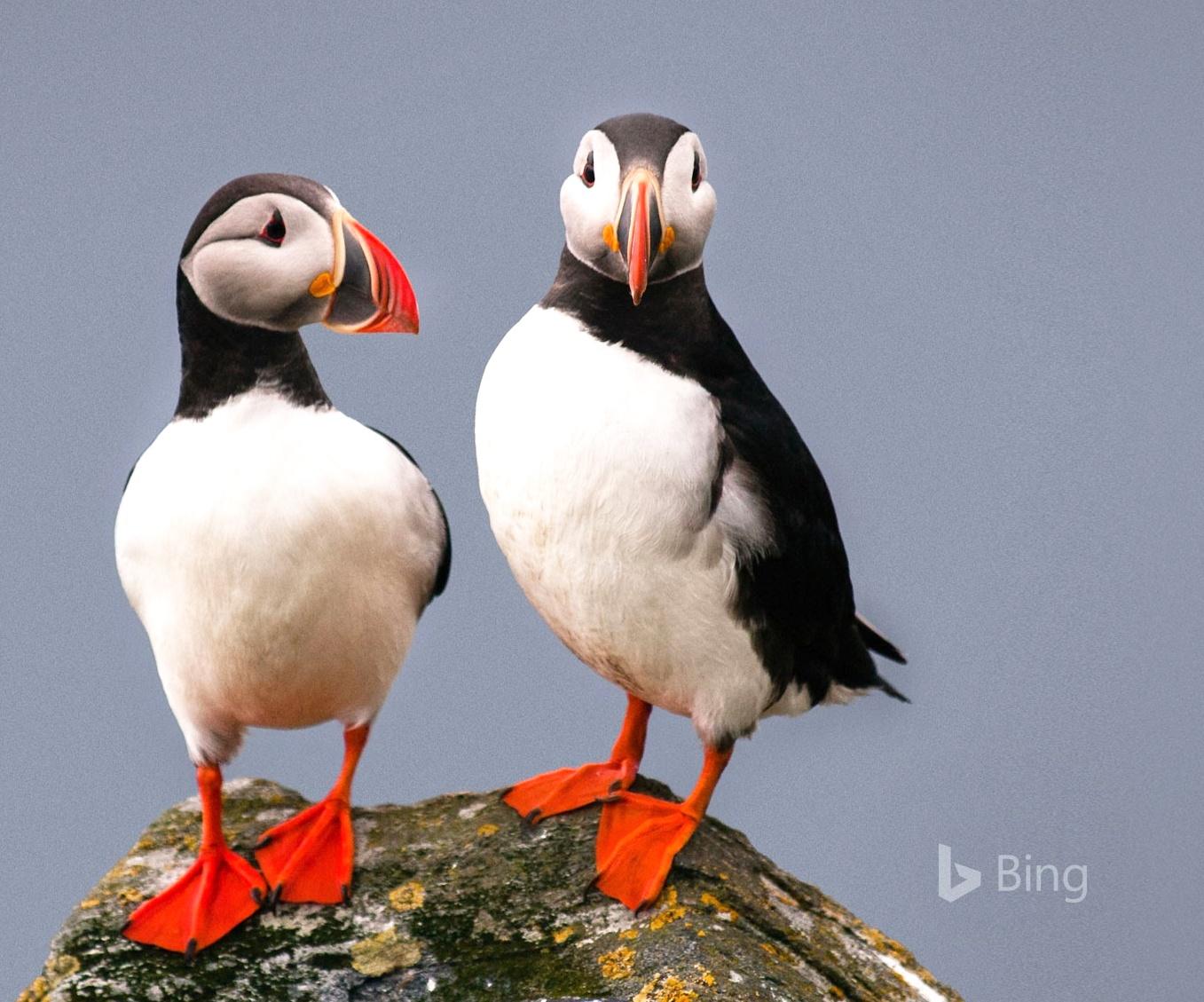12 May Sun 2019
Martha Stewart on Raising chooks
This article from Martha is in June/July 2019 Martha Stewart Living magazine. She no longer seems to have Ameraucana, and no roosters in her Bedford, New York house (she sold the place in Litchfield) but lots of hens for a multi-coloured basket.
29 Mar Wed 2017
Hollyhock seeds are fine for chooks
Found this old article from 1920 in the New York Times archives about using hollyhock seeds (rose of sharon) for poultry. Hollyhocks put out alot of seeds during the bloom, shake those stamens, and you can safely give it to the chickens. Of course as a winter food is problably a lot more than anything you can reasonably harvest, but who knows? Maybe you have a lotta Rose of Sharons and few hens and it may work as a treat.

21 Sep Wed 2016
Fear of open spaces may have some value
This article from the WSJ says that chickens fear of open spaces, typically attributed to cowardice, maybe just good common sense, in a study done at the University of Wurtzberg, Germany demonstrates. The idea is that open fields are evolutionary anxiety triggers, as larger predators can move faster over it than their smaller pray, whom in turn have no place to hide. I have seen this in action in my own fields, when a chook is cornered by the big hulking Russian wolfhound, aka Borzoi. Gusto can literally tear up ground in seconds, while the little chook is frantically trying to make flight. If not stopped in time, it's dead meat as Gusto loves the chase but not the raw bird.
02 Aug Tue 2016
Why you should bag your clippings
If you let your grass clippings on the soil, eventually the grass will trun to thatch. This article, at the end, and most who advocate that practice, ignore that problem. Instead, bag it, and compost it and everyone will be happier.
How to Prepare and Use Compost
Remove grass and sod cover from the area where you construct your compost pile to allow direct contact of the materials with the soil's microorganisms. This recipe works well.
- 1st layer: 3-4 inches of chopped brush or other coarse material on the very bottom, touching the soil surface.
- This material allows air circulation around the base of the heap.
- 2nd layer: 6-8 inches of mixed scraps, leaves, grass clippings, etc.
- Materials should be “sponge damp.”
- In composting too much water is a major reason for its failure. Less is more with composting and water.
- 3rd layer: 1 inch of soil serves as an inoculant by adding microorganisms to the heap.
- 4th layer: (optional) 2-3 inches of manure or coffee grounds, to provide the nitrogen needed by microorganisms.
- Sprinkle lime from the garden center, wood ash, and/or rock phosphate over the layer of manure to reduce the heap’s acidity.
- Add water if the manure is dry.
- Add one pound of urea fertilizer or 10 pounds of composted poultry manure per yard of leaves or ground brush if organic sources of nitrogen are not available.
- 5th layer: Repeat steps 1-4 until the bin is full. Put a tarp on it, to help heat up the process and keep water out.
USDA and Hydroponics
The USDA released a report July 21 submitted to the Agricultural Marketing Service National Organics Standard Board regarding whether or not products cultivated via hydroponic or aquaponic farming qualify as organic.
According to the National Organics Standards Board Hydroponic and Aquaponic Task Force, both hydroponic and aquaponic farming should not qualify as organic because they do not improve soil quality, which is a mainstay of organic farming.. Read more here.
GMOs now must be labelled!
President Obama signed into law, a bill requiring a Federal labeling standard for foods containing genetically modified ingredients (commonly called GMOs)
Two weeks ago, Congress passed the legislation which would require food packages to display an electronic code, text label, or some sort of symbol signifying whether or not they contain GMOs, according to The Associated Press.
The exact details will need to be worked out by the Department of Agriculture, which will have two years to write the rules. Read more here.
18 Jul Mon 2016
Writing for Food
In June 1938, the Federal Food, Drug and Cosmetics Act (“FDCA”) repealed much of the former Pure Food Act and created a more detailed regulatory scheme. It carried forward the 1906 Act’s emphasis on outlawing adulteration and misbranding of food. The operative paradigm of the FDCA is to provide consumers with food content information and let them decide whether the food is appropriate for them to eat.
When the FDCA was enacted in 1938, it too did not define what constitutes “natural” or “organic” food. It defines the word “food” as “(1) articles used for food or drink for man or other animals, (2) chewing gum, and (3) articles use for the components of any such article.”[21] “Processed food,” in turn, “means any food other than a raw agricultural commodity and includes any raw agricultural commodity that has been subject to processing, such as canning, cooking, freezing, dehydration, or milling.”
The FDCA distinguishes food from drugs. A drug includes “articles intended for use in the diagnoses, cure, mitigation, treatment, or prevention of disease in man or other animals” as well as “articles (other than food) intended to affect the structure or any function of the body of man or other animals.”[23] When food producers make unsubstantiated health claims to promote their food products, they risk having their food categorized as an unapproved, hence an unlawful new “drug.”
17 Jul Sun 2016
Christine Heinrichs on Bantams
The Ameraucana Alliance APA Judges
 The Ameraucana Alliance has two directors that are Judges. Jim Fegan and Jeannette Frank.Just posting this in case you are in their area and looking for good fowl.
The Ameraucana Alliance has two directors that are Judges. Jim Fegan and Jeannette Frank.Just posting this in case you are in their area and looking for good fowl.
12 Jul Tue 2016
The Alliance National is October 15th

05 Jun Sun 2016
Texas Migrant Family from the Farm Administration Archives
30 Apr Sat 2016
Orchid Cuckoo Bee / Exaerete formalis
I turned to chooks when the town we live in wouldn't allow bees, but I still remain a member of the local bee club because I love bees so. This one from the New Scientist Aperture page, really caught my eye. It is a tropical bee, and belongs the Euglossini family(Orchid Bees).
The Exaerete are, without a doubt, the most spectacular of the Neotropical bees. They are characterized by their large size, metallic green coloration and very long tongues, which they use to extract nectar from flowers with long corollas (particularly orchids) and by their cleptoparasitic habits.
There are five genera of Euglossini bees and while three of those genera (Euglossa, Eulaema, and Eufriesea) collect pollen and construct nests, the other two genera (Exaerete and Aglae) have evolved as cleptoparasites of Eulaema and Eufriesea. These cleptoparasites act as cuckoos, destroying the eggs of their preferred host and replacing them with their own eggs.
26 Apr Tue 2016
Puffins from Bing
Not a domesticated bird by any means, but one of my all time favorites. They are only in the Northern Hemisphere just like Penguins are only in the Southern. I think we got the better deal.tlantic puffins have penguin-like coloring but they sport a colorful beak that has led some to dub them the "sea parrot." The beak fades to a drab gray during the winter and blooms with color again in the spring—suggesting that it may be attractive to potential mates.
These birds live most of their lives at sea, resting on the waves when not swimming. They are excellent swimmers that use their wings to stroke underwater with a flying motion. They steer with rudderlike webbed feet and can dive to depths of 200 feet (61 meters), though they usually stay underwater for only 20 or 30 seconds. Puffins typically hunt small fish like herring or sand eels.
In the air, puffins are surprisingly fleet flyers. By flapping their wings up to 400 times per minute they can reach speeds of 55 miles an hour.
25 Apr Mon 2016
Duck Love from the WSJ
24 Apr Sun 2016
The Almanack for April 21-28
from the Farmers' Almanac APRIL 2016
21st-23rd Start seedbeds. First day is a favorable day for planting above ground crops, especially cabbage, cauliflower, lettuce, kale, celery, and other leafy vegetables. Last two days are good days for transplanting. Last two days are also good days for planting beets, carrots, radishes, turnips, peanuts, and other root crops. Also good for Leafy vegetables.
24th-25th Neither plant nor sow on these barren days.
26th-28th Favorable days for planting beets, carrots, turnips, radishes, onions, and other root crops.

